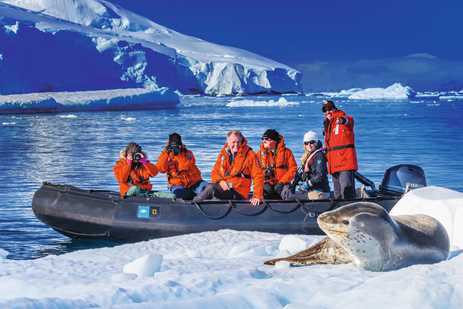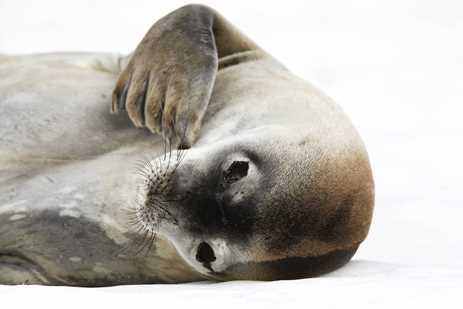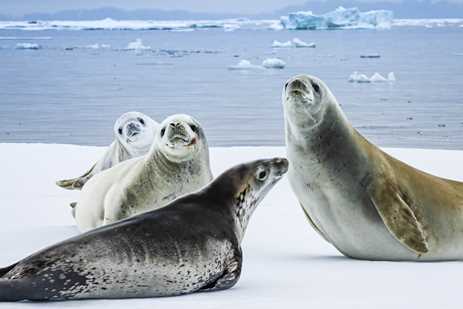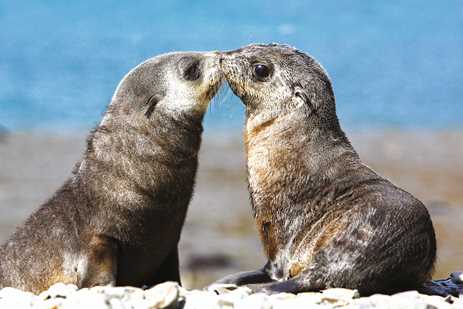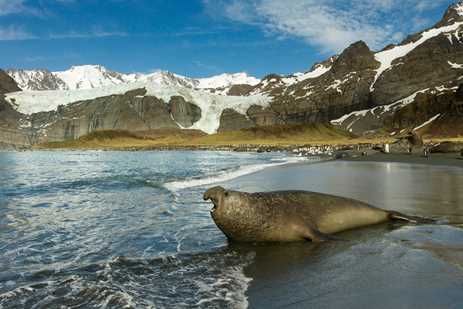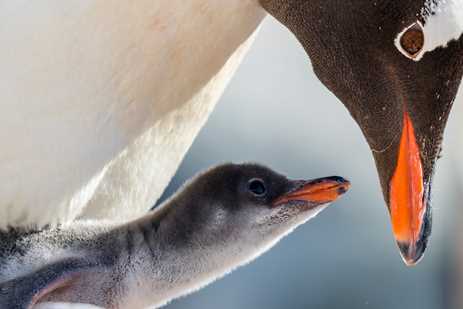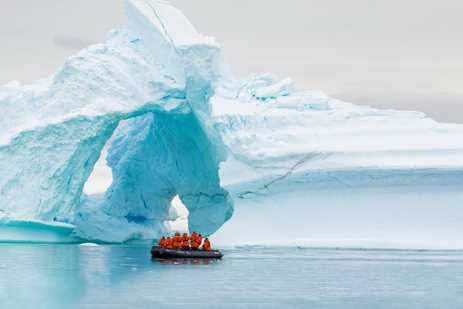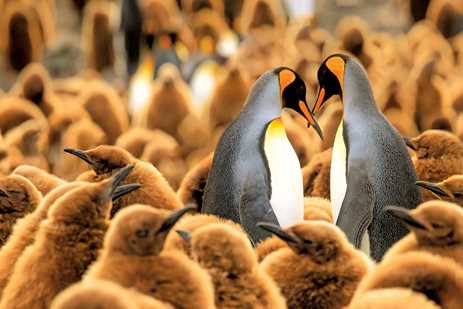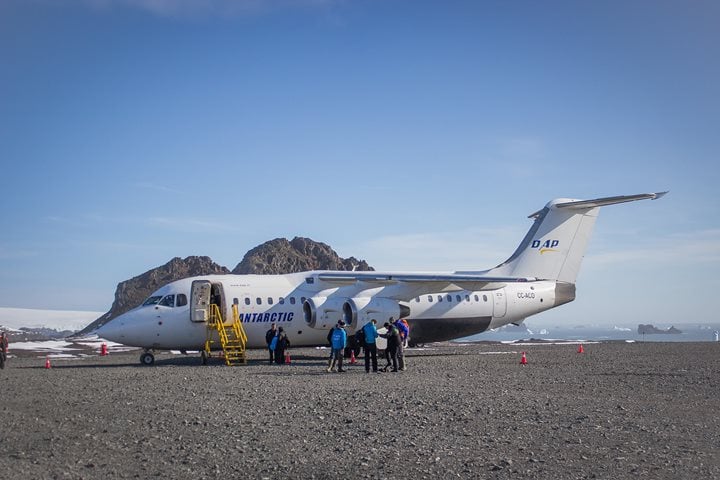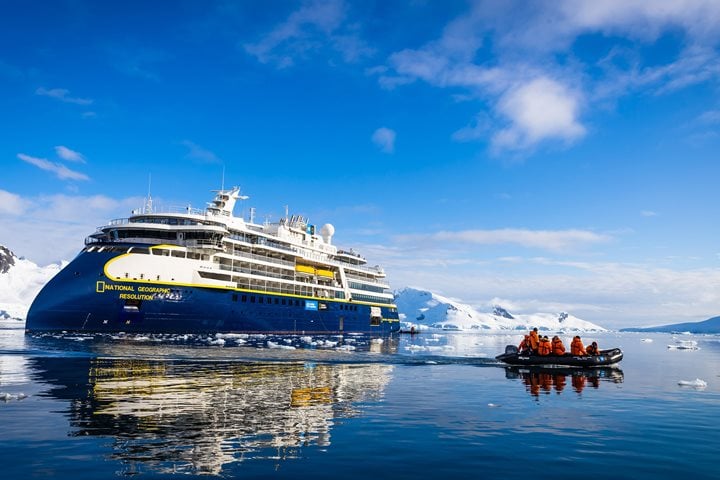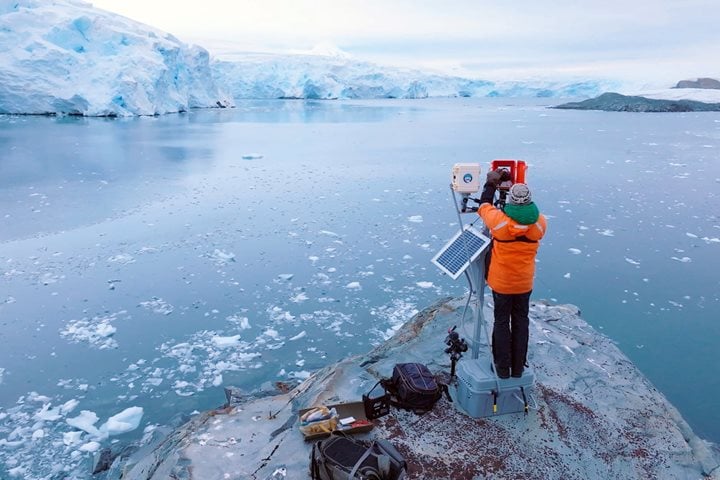The seals and fur seals we encounter on our expeditions into the Southern Ocean all belong to a group of animals called the pinnipeds, which literally means “feather-footed.” Of course, they don’t really have feathers, but their wing-like flippers give them the ability to fly through the water with an easy, fluid grace that is absolutely wonderful to watch. We'll encounter up to six species of seals around the Antarctic peninsula as well as on South Georgia, each one with its own amazing adaptations to life in the frigid waters. From four-ton bull elephant seals to adorable Antarctic fur seal pups about the size of a loaf of bread, we’re always on the lookout for these fantastic animals, resting on the beaches, snoozing on floating ice or swimming like superb acrobats under our Zodiacs. Get Inspired by Photos, Videos, Webinars, Stories, and Exclusive Offers. Sign Up
Nov 2020
5 Min Read



